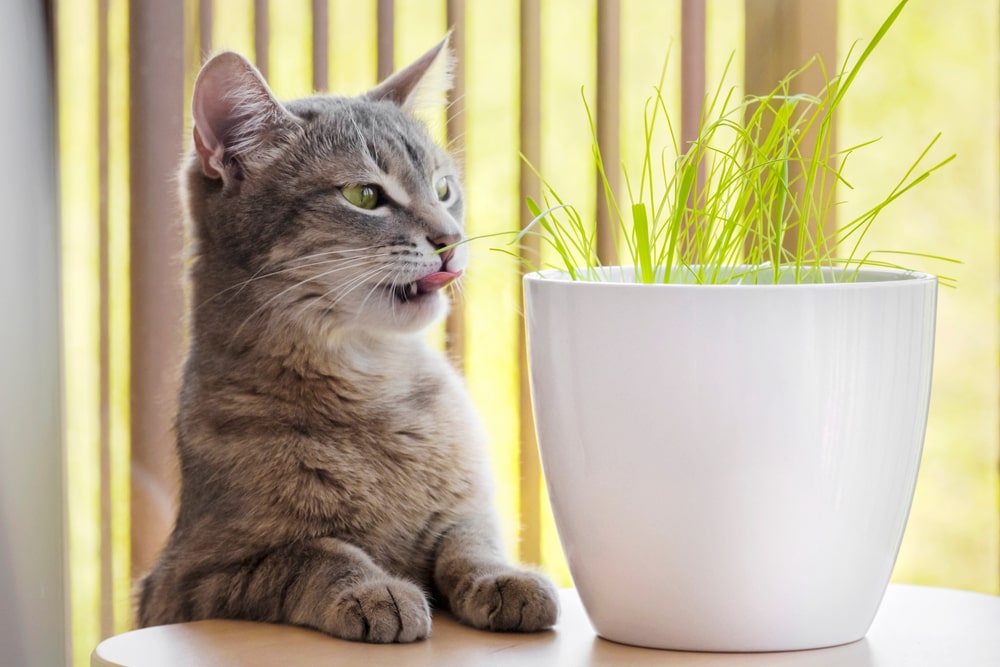So many people are buying plants to decorate their indoor environment over the winter and I’ve had so many questions about which ones are toxic to pets. So here is a “partial” list:
TOXIC INDOOR PLANTS (FOR PETS)
| Aloe | Amaryllis |
| Asparagus Fern | Avocado |
| Anthurium | Bird of Paradise |
| Buddhist Pine (Podocarpus) | Caladiums |
| Chinese Evergreen (Aglaonema) | Creeping Charlie |
| Cyclamen | Dieffenbachia (Dumbcane) |
| Dracaena (all varieties) | Ferns (some varieties) |
| Ficus | Ivy (Hedera – all varieties) |
| Kalanchoes | Lilies (all varieties – fatal to cats) |
| Nephthytis | Peace Lily (Spathophyllum) |
| Philodendron (all varieties) | Poinsettias |
| Pothos | Sago Palm (all Cycads) |
| Schefflera | Snake Plant |
| Umbrella Plant (Cyperus) |
TOXIC OUTDOOR PLANTS (FOR PETS)
| Andromeda Japonica | Apricots |
| Arrowgrass | Atropa Belladonna (Nightshade) |
| Australian Nut | Azaleas |
| Baneberry | Black Locust |
| Bleeding Hearts | Bloodroot |
| Boxwood | Buckeye |
| Buttercup | Caladium |
| Calla Lilies (Zantedeschias) | Carolina Jessamine |
| Castor Bean | Chinaberry Tree |
| Clematis | Christmas Berry |
| Choke Cherry | Christmas Rose |
| Colchicum | Common Privet |
| Cowslip (Primula) | Crocus |
| Cyclamen (Hardy Cyclamen) | Daffodils (Narcissus, Jonquils) |
| Daphne | Daylilies |
| Delphinium | Dutchman’s Breeches |
| Elephant Ears (Colocasia) | Euphorbias |
| False Flax | Four O’Clocks (Mirabilis) |
| Foxglove (Digitalis) | Gladiolus |
| Gloriosa Lilies | Hellebores |
| Hens-and-Chicks (Sempervivum) | Holly |
| Horse Chestnut | Hyacinths |
| Hydrangeas | Iris |
| Ivy (Hedera – all varieties, including English Ivy) | Jack-in-the-Pulpit |
| Japanese Yew | Jatrophia |
| Jerusalem Cherry | Jimson Weed |
| Jonquils (Daffodils) | Kalanchoe |
| Lantana | Larkspur |
| Laurels | Lilies (all varieties – esp. to cats) |
| Lily-of-the-Valley (Convallaria) | Lycoris (Naked Ladies, Spider Lilies) |
| Mayapple (Mandrake) | Milk Vetch |
| Mistletoe | Moonflowers |
| Monkshood (Aconitum) | Morning Glory |
| Nandina (Heavenly Bamboo) | Narcissus |
| Nicotiana (Flowering Tobacco) | Oleander |
| Onions (Alliums) | Peonies |
| Pokeweed (Pokeberry) | Poison Hemlock |
| Potato Plants | Rhododendron |
| Rhubarb | Skunk Cabbage |
| Star of Bethlehem | Sweet Pea |
| Tomato Plants | Tulips |
| Wild Black Cherry | Wisteria |
| Yew | Yucca |
This is, by no means, a complete list. And keep in mind that a pet may still have an allergic reaction to non-toxic plants, so it’s best to discourage them from nibbling at all. Check your local pet store for suitable repellents for cats and dogs. Outdoors, you may wish to try Hot Pepper Wax on plants. Be sure to provide acceptable nibbles for cats, such as cat grass and catnip. If your pet has ingested a questionable plant or substance, contact professional help immediately.
For assistance, you may call the Pet Poison Helpline (petpoisonhelpline.com) at 1-800-213-6680. There is a $39.00 consultation fee for this service. Or called the SPCA at 1-888-426-4435.

